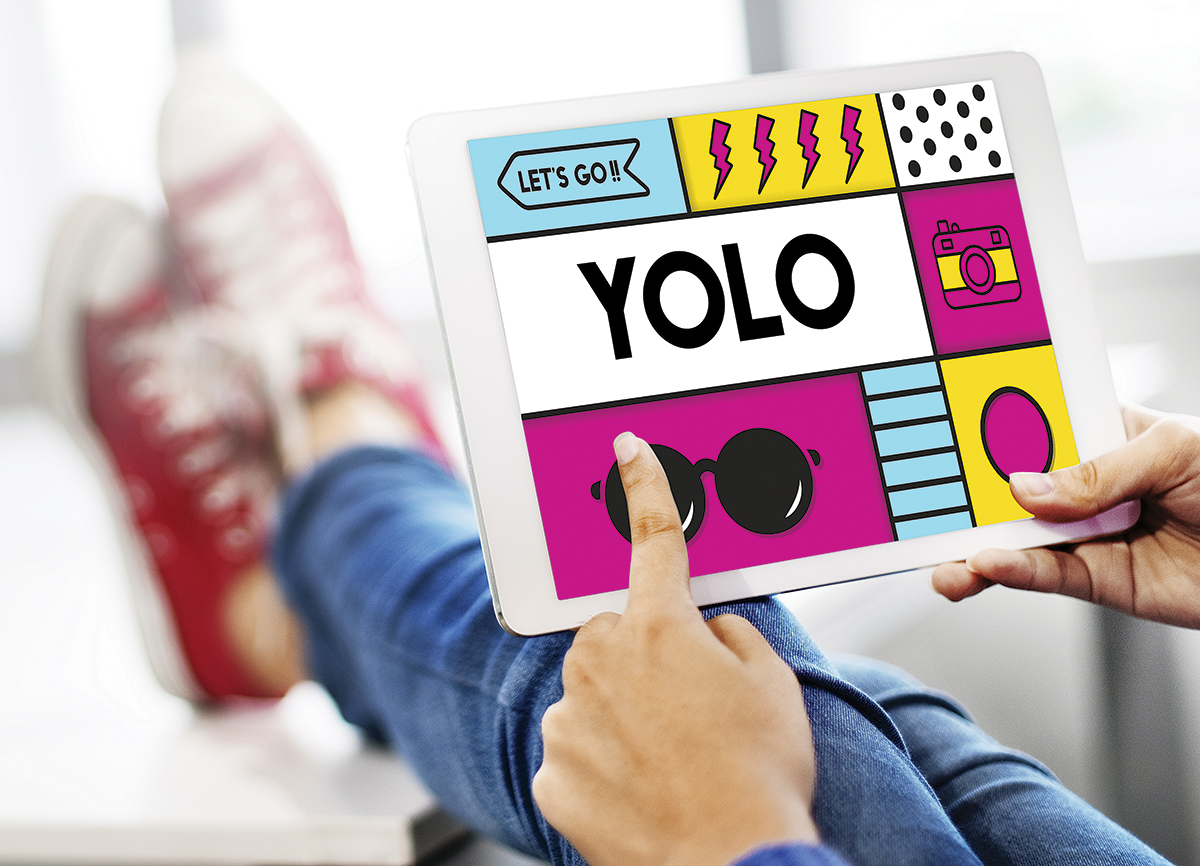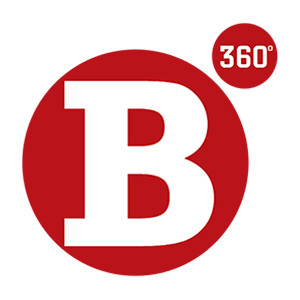
CNN’s Business and Investing website recently published an article titled ‘YOLO is dying. That could be bad news for the economy.’ YOLO, a played-out acronym meaning ‘You only live once,’ represents an attitude of carelessness in decision-making. Do you want to buy a treat for yourself? Why not – you only live once!
What is the YOLO economy? It’s a market characterised by rampant consumerism. The article quotes Sameer Samana of Wells Fargo:
“Covid showed all of us that life doesn’t go on forever,” Sameer Samana, senior global market strategist at the Wells Fargo Investment Institute, told Before the Bell. “Preparing for a retirement that’s way off into the future and could be interrupted by something like a global pandemic changed our mindsets. People wanted to live in the moment.”
Now, five years after the onset of the pandemic, the free-spending party is coming to an end. And that may be bad news for the economy.
So, is that what happened? Is it the case that Covid made people scared of death and more likely to live in the moment? I don’t think so. I also don’t think a free spending party is necessarily good news for the economy. There’s one thing I agree with the article on, though: the free spending party is, in fact, coming to an end.
So, let’s look at why consumerism actually ramped up, and why it’s not a bad thing if it slows down.
The Free Spending Party
CNN is right that there was a free spending party during the Covid era. But I am suspicious of their explanation. The claim that Covid made people spend because they had some deep existential reflection about how life is short seems far-fetched at best. Instead, there is a simple economic explanation.
Way back in May 2021, I wrote about why inflation was soaring to record highs. The answer was simple. To quote the article:
The quantity of money (measured as ‘M2’ by the Federal Reserve) has increased more than 32.9% since January 2020. That means nearly one-quarter of the money in circulation has been created since then…
The newly printed money helps fund the slew of trillion-dollar coronavirus spending which benefitted massive corporations. It also is an attempt to satisfy consumers’ demand to hold money so they will be comfortable spending again. And spending they are.
As lockdowns end and finally allow consumers to return to normal economic activity, the new money begins to move through the economy more quickly. Banks have more money to lend out and people are building new homes. As more homes are built, the demand for wood increases. As the demand for wood increases, the price of wood goes up. Sound familiar?
The reason for increased spending was simple and twofold. Monetary policy increased the supply of money. When this money entered people’s pockets, they may have saved a portion, but they spent some. This spending drove up prices as more money chased the same number of goods.
Not only that, but this sort of monetary policy discourages saving. As new money drives inflation, your checking account balance stays the same in nominal terms, but it can buy less of the same goods and services in reality. How do people fix this?
Well, you have two options: you can either invest your checking account into something that earns interest, or you can spend that money before it becomes devalued. It wasn’t some YOLO attitude which drove people to spend in the Covid policy era. It was a rational response to the policies imposed by the monetary authority.
The government adopted policies for the explicit purpose of increasing consumption to avoid recession, and the policies succeeded at increasing consumption. There was no YOLO driving things.
The Broken Window Never Dies
The CNN article goes on to claim that the so-called YOLO economy is drying up and, if it does, this could lead to a recession:
And it still continues to be the most important measure of a strong economy – spending accounts for about 70% of gross domestic product, the go-to measure of US economic health.
So, if that slows, that would be bad news and could potentially trigger the recession that economists began warning about way back in 2021. (Don’t worry, most economists at major banks and firms don’t predict that will happen anytime soon, and if it does happen, it might not be a slowdown for everyone.)
There are lots of issues with this analysis. First of all, GDP is a measure of economic health. It’s not the same thing as economic health.
To use an analogy, imagine your doctor tells you that your cholesterol levels are too high. Would it make sense to recommend that the lab remove some of the cholesterol from the blood sample then test it again? Of course not. Merely trying to boost the GDP number does not address underlying issues of economic health.
The logic of the article and its emphasis on consumer spending as the key to economic health is one of many examples of the broken window fallacy.
The broken window fallacy stems from Frédéric Bastiat’s parable of the broken window. In Bastiat’s parable, he has the reader imagine a shopkeeper who must deal with a broken window. It’s easy to see the downside, but Bastiat points out that sometimes people will argue that this event has a silver lining.
The shopkeeper will have to hire the glazier to fix the window. The glazier will have more money which he can spend on something else. That spending results in higher income for someone else, and so on.
Bastiat then explains that this supposed upside is only part of the story. It’s true that the income of the glazier will go up, but what is not seen is that if the shopkeeper had been able to keep his money, he would have been able to use it elsewhere. Perhaps he would have bought a new suit, or he could have put his money in the bank where it could have been loaned out.
Policies which encourage consumer spending are the same. They increase incomes of one group at the expense of whatever alternative use to which the person could have employed his or her income.
Savings are not bad. It is by saving that we are able to invest in projects which will make us richer in the future. The idea that a YOLO economy, wherein people simply consume their wealth, can be a healthy economy in any sustainable way flies in the face of a basic understanding of how wealth is generated.
One thing the CNN article gets right is that it may be the case that as consumption slows down, we run into an economic downturn. The article implies that this downturn will be because of the spending slow down, but this isn’t right.
Instead, if a recession comes, it will be the result of using monetary policy to kick the can down the road. When monetary policy artificially increases consumption spending, resources are not channelled into saving for large investments. This means future stagnation relative to a world of saving.
In fact, insofar as monetary policy caused businesses to make investments they wouldn’t have made otherwise, the misallocation of resources may cause more future unemployment.
So, while the CNN article is hopefully right that the free spending party is over, we shouldn’t mourn the death of the so-called YOLO economy. Instead, we should embrace a policy environment where people aren’t punished for saving and spending responsibly.





-1758107444.jpg)
